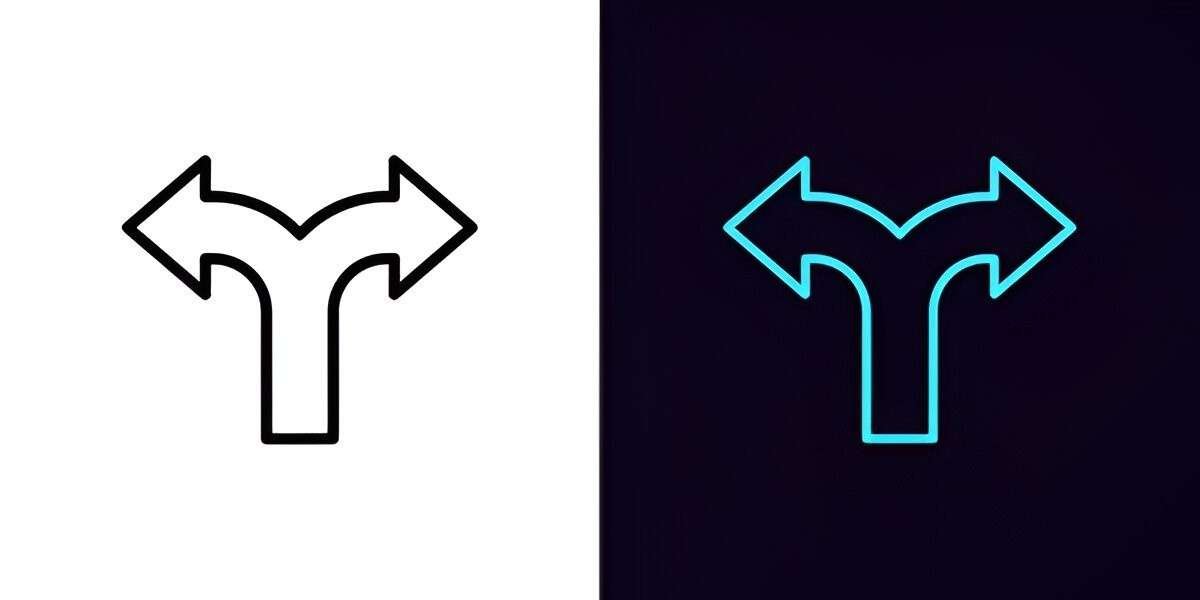A double option is a financial term that refers to a type of derivative where the holder has the right, but not the obligation, to choose between two options. These options could be related to buying or selling an asset, and the choice depends on which option benefits the holder the most. This financial instrument is often used in complex trading strategies to hedge risks or speculate on market movements.
Table of Contents
Understanding Options
Before diving into double options, it’s essential to understand the basics of options:
- Call Option: This gives the holder the right to buy an asset at a specified price within a certain time period.
- Put Option: This gives the holder the right to sell an asset at a specified price within a certain time period.
How Double Options Work
A double option allows the holder to decide between two possible outcomes, typically involving both a call and a put option. The holder can choose to exercise the option that is more favorable based on market conditions.
Example of a Double Option
Let’s say you purchase a double option on Company XYZ’s stock, which is currently trading at $50 per share. The double option provides you with the following choices:
- Call Option: The right to buy Company XYZ’s stock at $55 per share.
- Put Option: The right to sell Company XYZ’s stock at $45 per share.
If the stock price rises above $55, you would exercise the call option and buy the stock at $55, potentially selling it at a higher market price for a profit. If the stock price falls below $45, you would exercise the put option and sell the stock at $45, avoiding further losses.
Benefits of Double Options
Double options offer several advantages:
- Flexibility: The holder can choose the most beneficial option, reducing potential losses.
- Hedging: They provide a way to hedge against adverse market movements.
- Profit Potential: They can be profitable in volatile markets, as the holder can capitalize on significant price changes in either direction.
Risks of Double Options
Despite the benefits, there are also risks associated with double options:
- Cost: Double options can be more expensive than standard options due to the added flexibility.
- Complexity: They are more complex and may require a deeper understanding of options trading.
- Limited Gains: While they offer protection, the potential gains might be limited compared to other strategies.
When to Use Double Options
Double options are often used by traders and investors in the following scenarios:
- Volatile Markets: When the market is expected to have significant price swings, double options can provide protection and profit opportunities.
- Hedging Strategies: Investors use double options to hedge their portfolios against potential losses.
- Speculative Trading: Traders looking to take advantage of short-term price movements may use double options to maximize their returns.
Real-World Example
Imagine you are an investor with a portfolio heavily invested in technology stocks. You are concerned about potential market volatility due to upcoming regulatory changes. To protect your investments, you purchase a double option:
- Call Option: The right to buy a tech ETF (Exchange-Traded Fund) at $150.
- Put Option: The right to sell the same tech ETF at $130.
If the tech sector experiences a sharp decline, you can exercise the put option and sell at $130, limiting your losses. If the sector instead surges, you can exercise the call option and buy at $150, allowing you to benefit from the upward movement.
Conclusion
Double options are powerful financial instruments that offer the flexibility to choose between two possible outcomes, providing a way to hedge against risks and capitalize on market movements. While they come with their own set of costs and complexities, understanding how to use them effectively can be a valuable tool for traders and investors. Whether you’re looking to protect your investments in volatile markets or seeking to maximize your profit potential, double options can be an essential part of your financial strategy.





